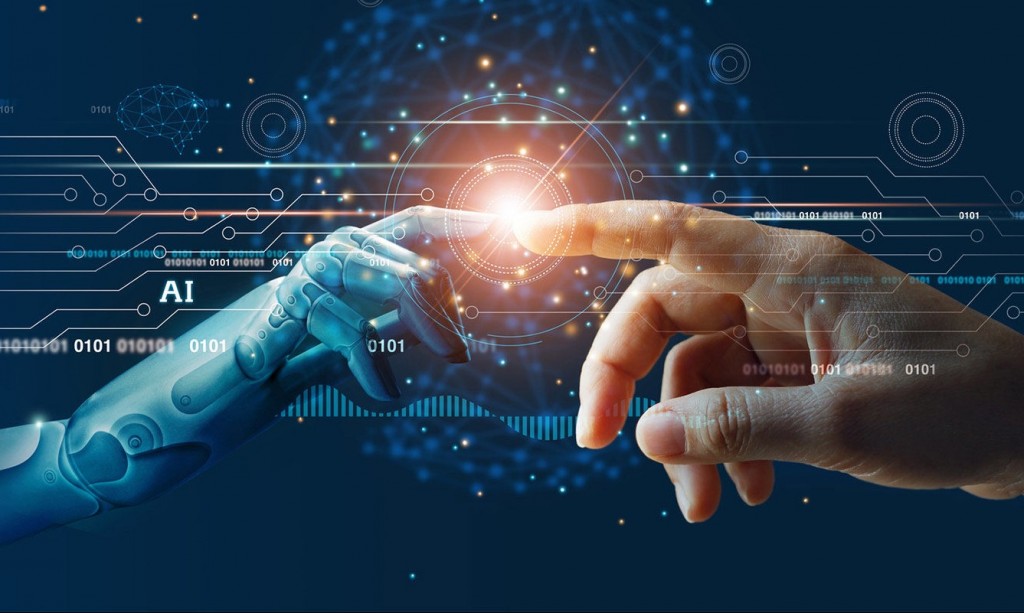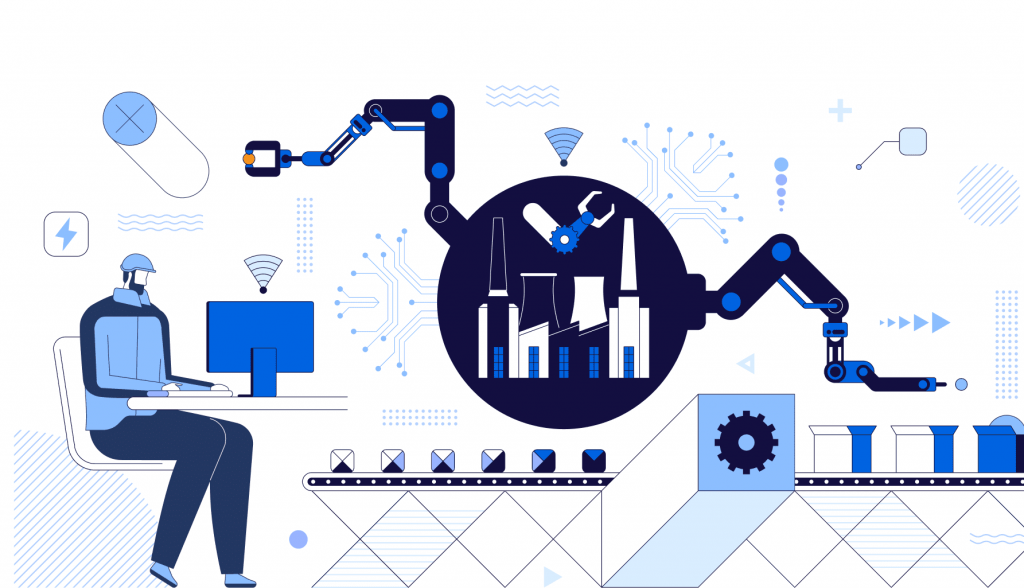Smart Factories and Industry 5.0:Connecting Everything for Smarter Manufacturing
Industry 5.0 is a concept that builds upon the previous industrial revolutions and seeks to integrate the capabilities of both humans and machines to create a more sustainable and collaborative manufacturing ecosystem. It is considered the next phase of industrial development after Industry 4.0.
In the era of Industry 4.0, there was a significant focus on automation, connectivity, and data exchange in manufacturing processes. Machines and technologies like artificial intelligence, robotics, and the Internet of Things were utilized to optimize efficiency and productivity.
However, Industry 5.0 recognizes the importance of human skills, creativity, and social interaction in manufacturing. Rather than completely replacing human workers with machines it emphasizes the collaboration between humans and machines. It seeks to leverage the unique capabilities of both to create value-added products and services. This collaborative approach aims to enhance the quality of products, increase customization options, and improve customer experiences.
Industry 5.0 has the potential to have a major impact on the electronics manufacturing industry. Here is how it could transform the sector:
- Increased automation and efficiency: Industry 5.0 technologies such as AI, robotics, and the IoT can be used to automate many of the tasks that are currently performed by human workers in electronics manufacturing. This could lead to significant increases in efficiency and productivity.
- Improved quality control: These technologies can also be used to improve quality control in electronics manufacturing. For example, AI can be used to analyse data from sensors to identify defects in products before they reach consumers.
- Reduced environmental impact: Industry 5.0 technologies can also help electronics manufacturers to reduce their environmental impact. For example, AI can be used to optimize energy consumption and waste reduction.
- More sustainable products: Industry 5.0 technologies can also be used to develop more sustainable electronics products. For example, AI can be used to design products that are easier to disassemble and recycle.
For example, in the electronics assembly process, human workers may be responsible for intricate tasks such as soldering, fine component placement, and quality inspection. These tasks may require a high level of precision and attention to detail, which human workers excel at. By integrating human skills with automation and robotics, Industry 5.0 aims to optimize efficiency, improve product quality, and reduce errors or defects.
This new revolution represents a holistic approach to production that combines the strengths of humans and machines, allows for mass customization, and emphasizes sustainability and data-driven decision-making. It aims to create more flexible, efficient, and responsive manufacturing processes that can meet the demands of a rapidly changing electronics market.
Industry 5.0 is still in its early stages of development, but it has the potential to revolutionize the way we manufacture goods and services. By combining the power of technology with the ingenuity of human workers, we can create a more sustainable, resilient, and equitable manufacturing future.
Author: Abya Krita Verma











Leave a Reply